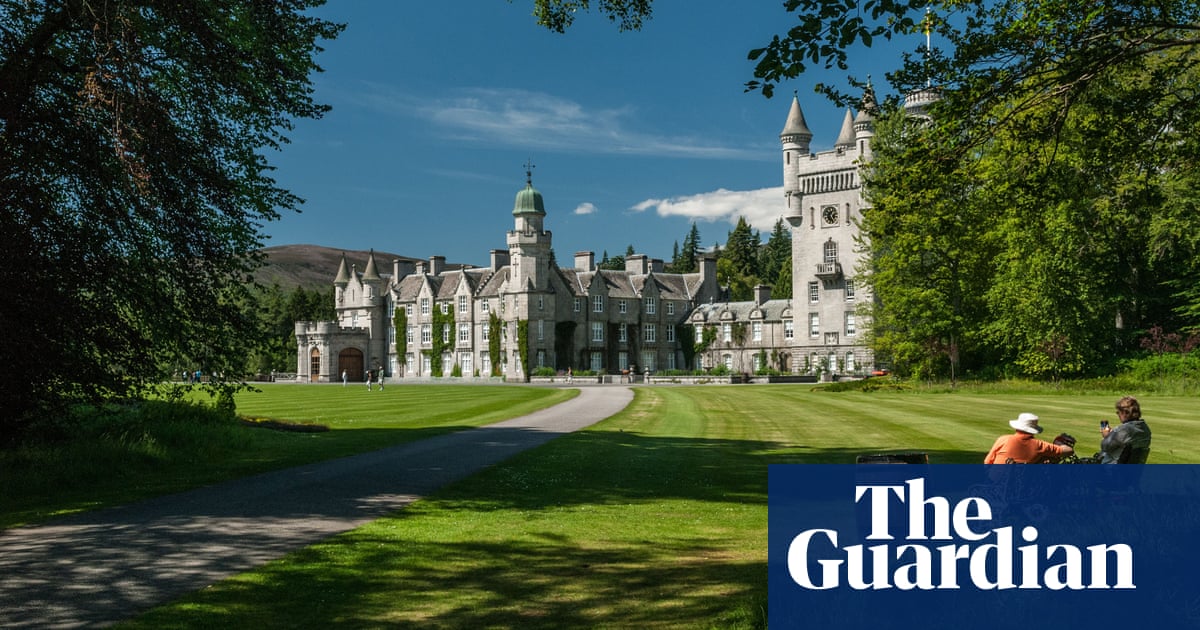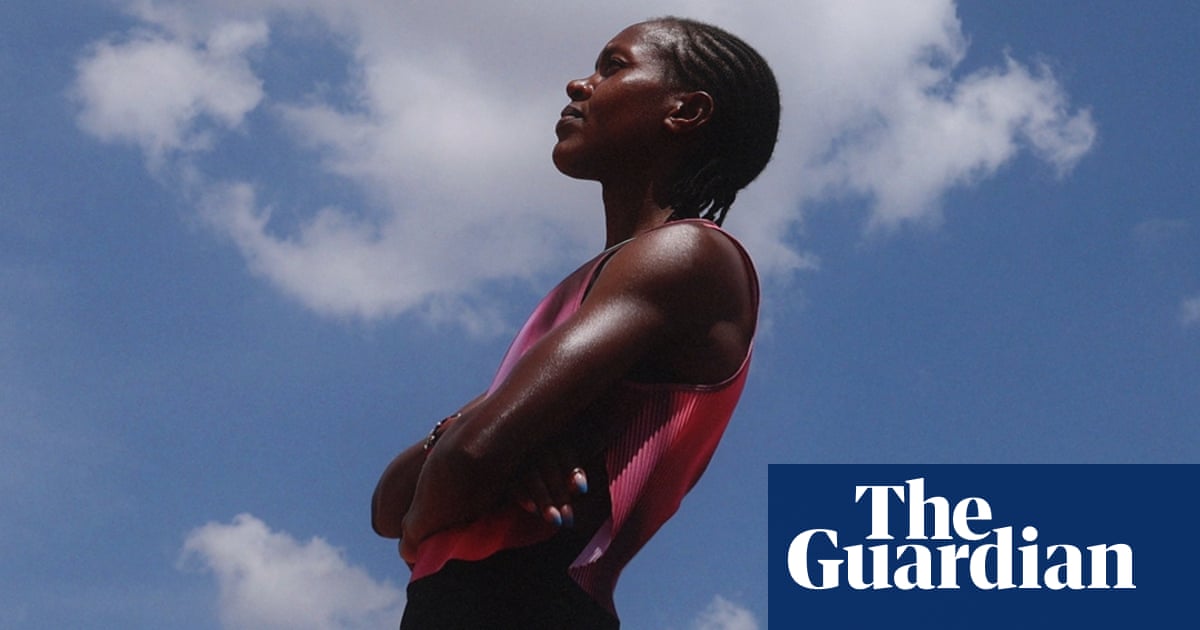Here is the latest in the series of high-minded, low-tech studies of Renaissance art history from Howard Burton, a theoretical physicist turned art historian, who has launched a series of films called, with admirable Ronseal-ness, Renaissance Masterpieces. Having already looked over Botticelli’s Primavera, Burton now turns to Raphael’s wall fresco in the Vatican palace, arguably the high point of the artist’s prodigious output and a work to rival Michelangelo’s Sistine chapel decorations.
Burton has already tackled The School of Athens as part of his mammoth survey of Raphael’s entire oeuvre, Raphael: A Portrait, but here he gets to drill down in considerable detail for the film’s 81-minute running time. Admittedly, the visuals are as rudimentary as Burton’s previous offerings – it looks like a glorified PowerPoint, with Burton’s sonorous commentary overlaid in unpunctuated voiceover – but as before, the tone works: Burton is scholarly without being dull, and clear without being obvious.
It’s also unusual, to say the least, to hear about some of the names Burton pulls into his disquisition – Neoplatonist thinkers such as Gemistos Plethon, Nicholas of Cusa and Marsilio Ficino – as Burton ruminates on the symbolism of the painting’s imagery, from the postures of the figures involved, to their much-discussed (but surprisingly mostly uncertain) identity, to the meaning behind the spectacular masonry backdrop.
Burton is also very good on the mechanics of the fresco’s creation, and how the details of the architecture of the former papal apartments play into its meaning, in concert with the complementary works on the ceiling, floor, and adjacent walls. He even takes a 15-minute mea culpa for having not paid much attention to Renaissance chronicler Giorgio Vasari’s religion-based interpretation of the painting, suggesting that Vasari might have been right to identify the foreground figures (one of whom is supposedly inspired by Michelangelo himself) as the four evangelists, rather than the classical philosophers that they are routinely ascribed to be. Not light viewing, for sure, but rewarding all the same.

 3 hours ago
6
3 hours ago
6













































